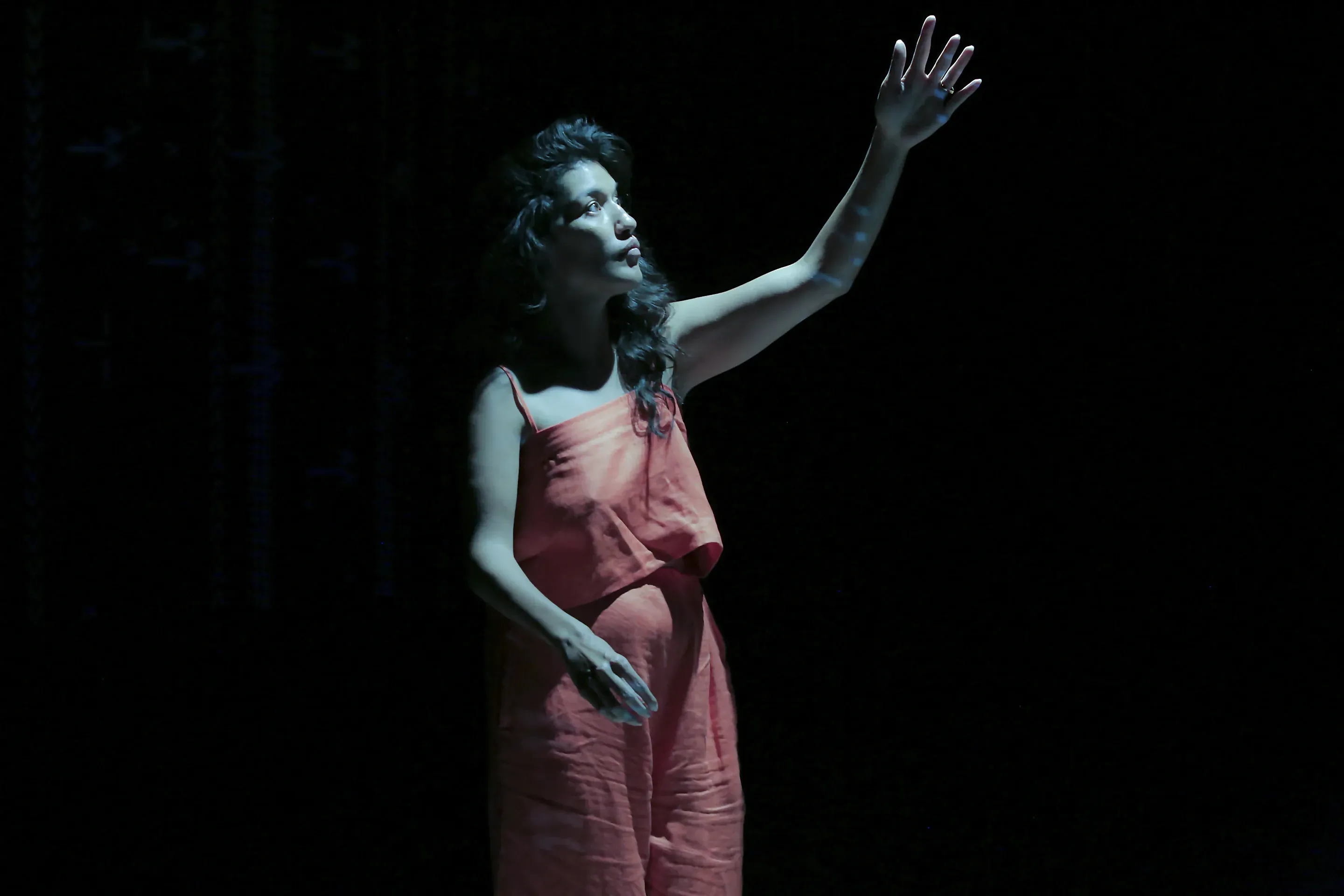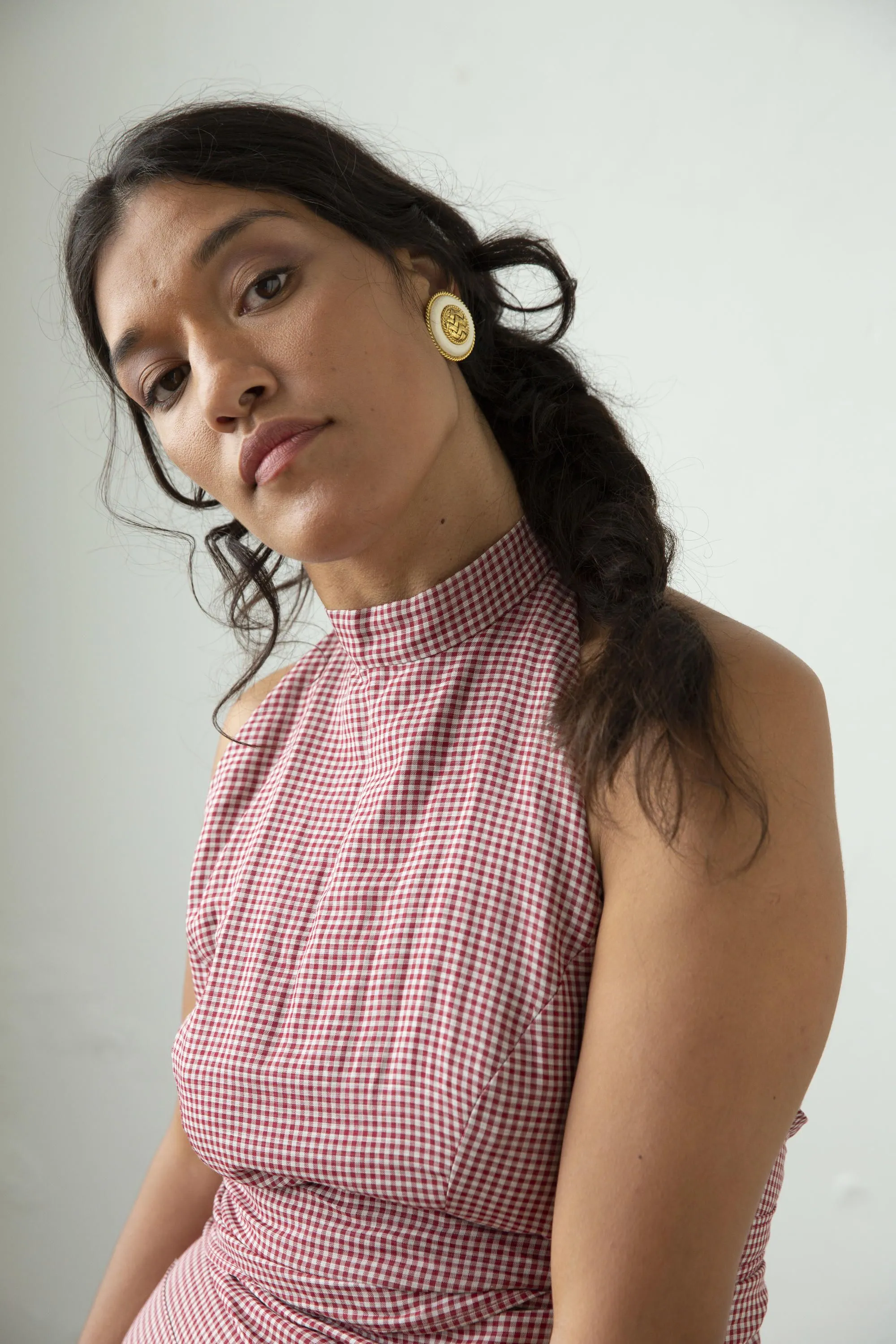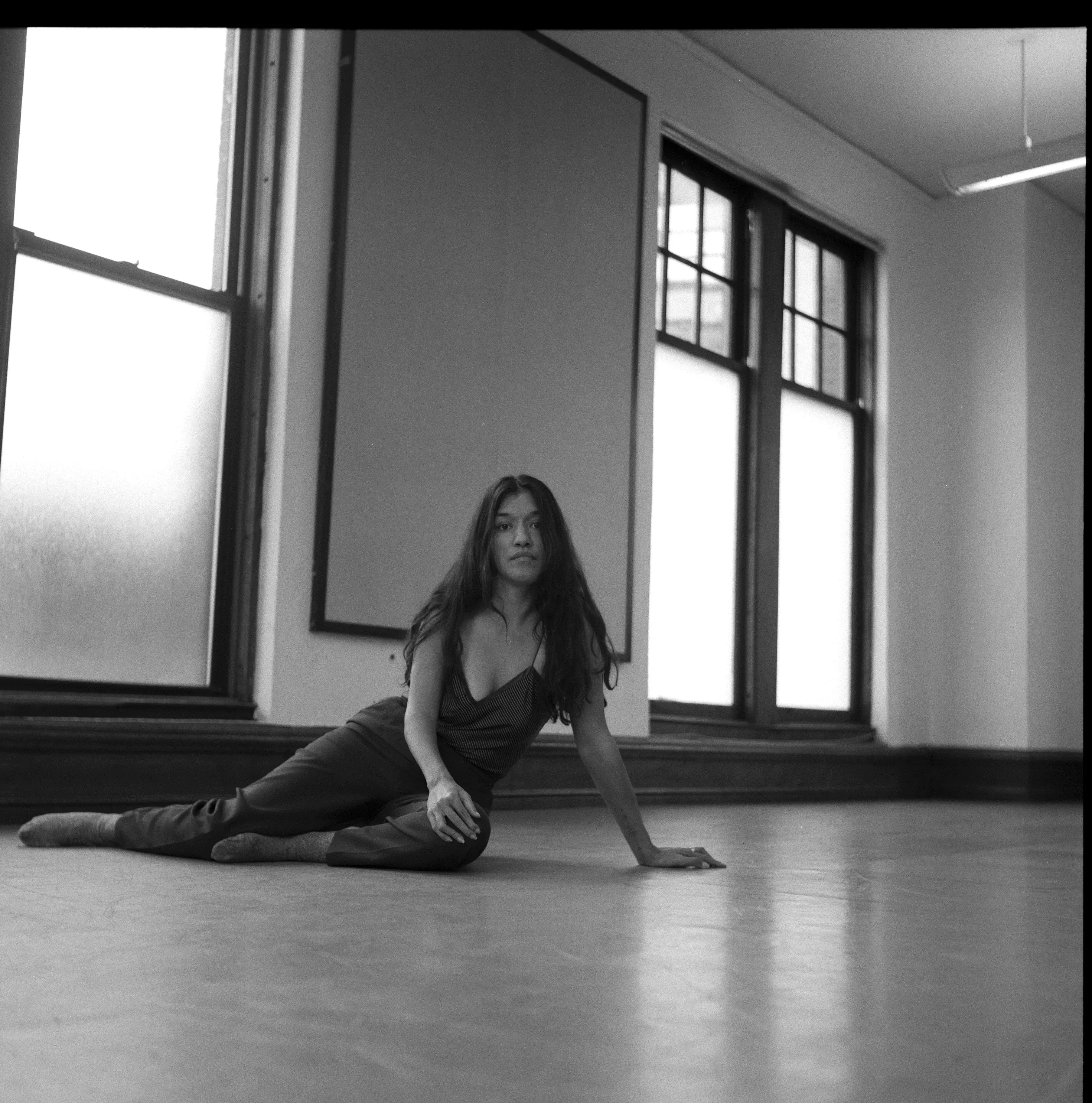Making Art Accessible
Written by
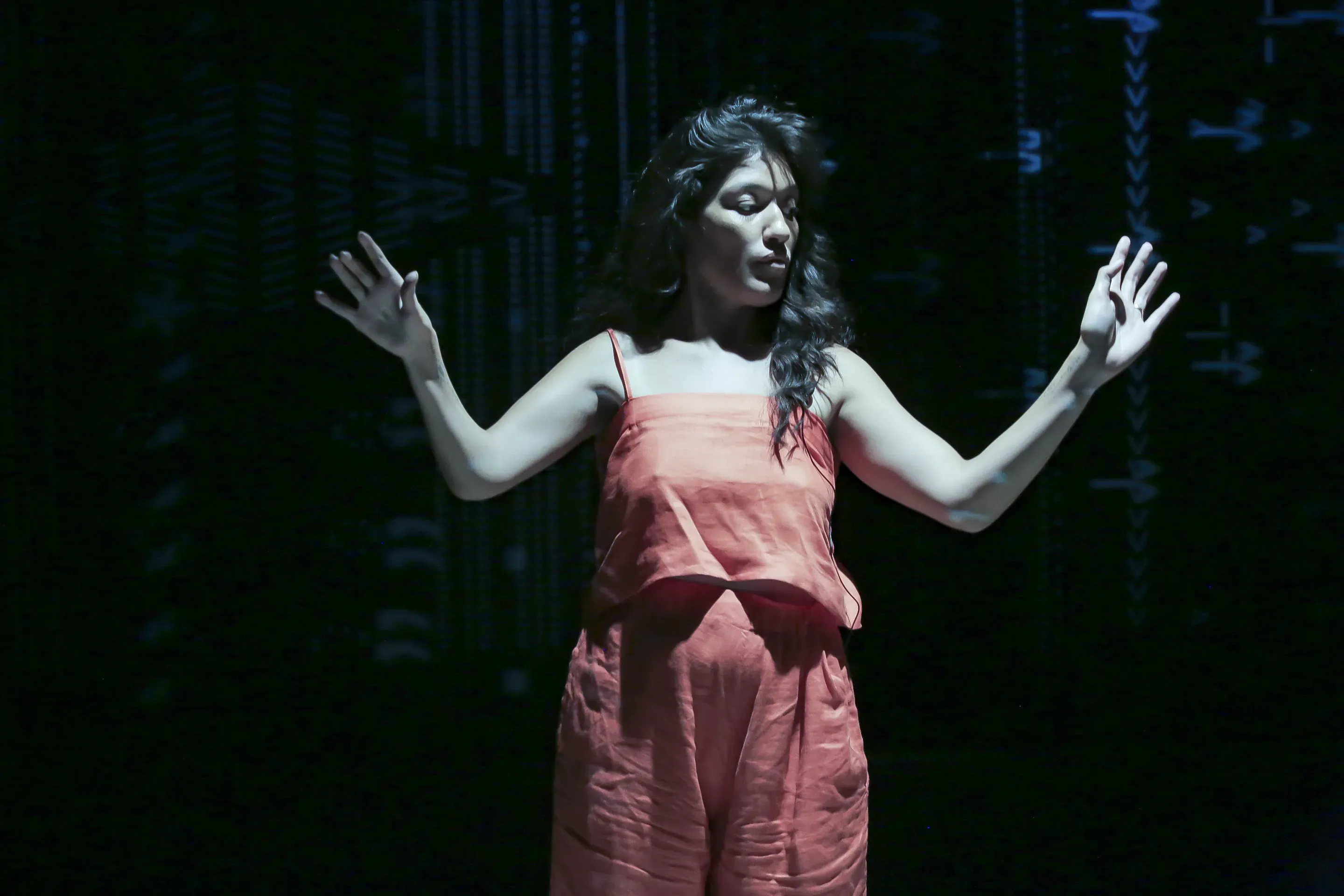
Level 2 is here - and for many, that will be greeted with a feeling of freedom and a readiness to roam beyond their bubble after the restrictiveness of the lockdown experience.
If you’re able to step outside and leave your four walls today, imagine now that you couldn’t. That while an option for most, it is not for you.
That’s a reality for members of the disabled community, and Pelenakeke Brown, the new Interim Artistic Director of innovative dance company Touch Compass hopes it’s about to kickstart a new conversation around accessibility.
“I think non-disabled people are having to experience what it means when you can’t go outside, how do we communicate in the digital space and what does it look like if your house is your whole world, which is a state of being that a lot of disabled people work from anyway.
“I structure my life so that I can stay home when I am tired, I’ve adjusted my working schedule and I’ve used technology to interact with the world when I can’t physically go outside.
Crip Time
“The word ‘crip’ has been reclaimed by disabled people, and crip time is defined by Alison Kafer, it’s about time bending to what your body needs - if you can’t go outside then you don’t go outside. I think having to stay inside and having these restrictions on where peoples’ bodies can go has made some disabled people feel that everyone is kind of in crip time right now.”
Seeing and understanding the needs of everyone in the community is at the heart of accessibility. Brown describes it in an analogy that will have hit home for many over the past few weeks.
“If you don't have good reliable wifi then you can't join the Zoom call, if you don't have a laptop or adequate technology again, you can’t access the Zoom call. And because Zoom was the primary way many of us worked, we subsequently transformed the ways we worked. Some people thrived with Zoom and some people struggled with this form of interaction.
“Access can be thought similarly, if you can't attend the art or have access to the infrastructure, how can you participate?”
Source of Creativity
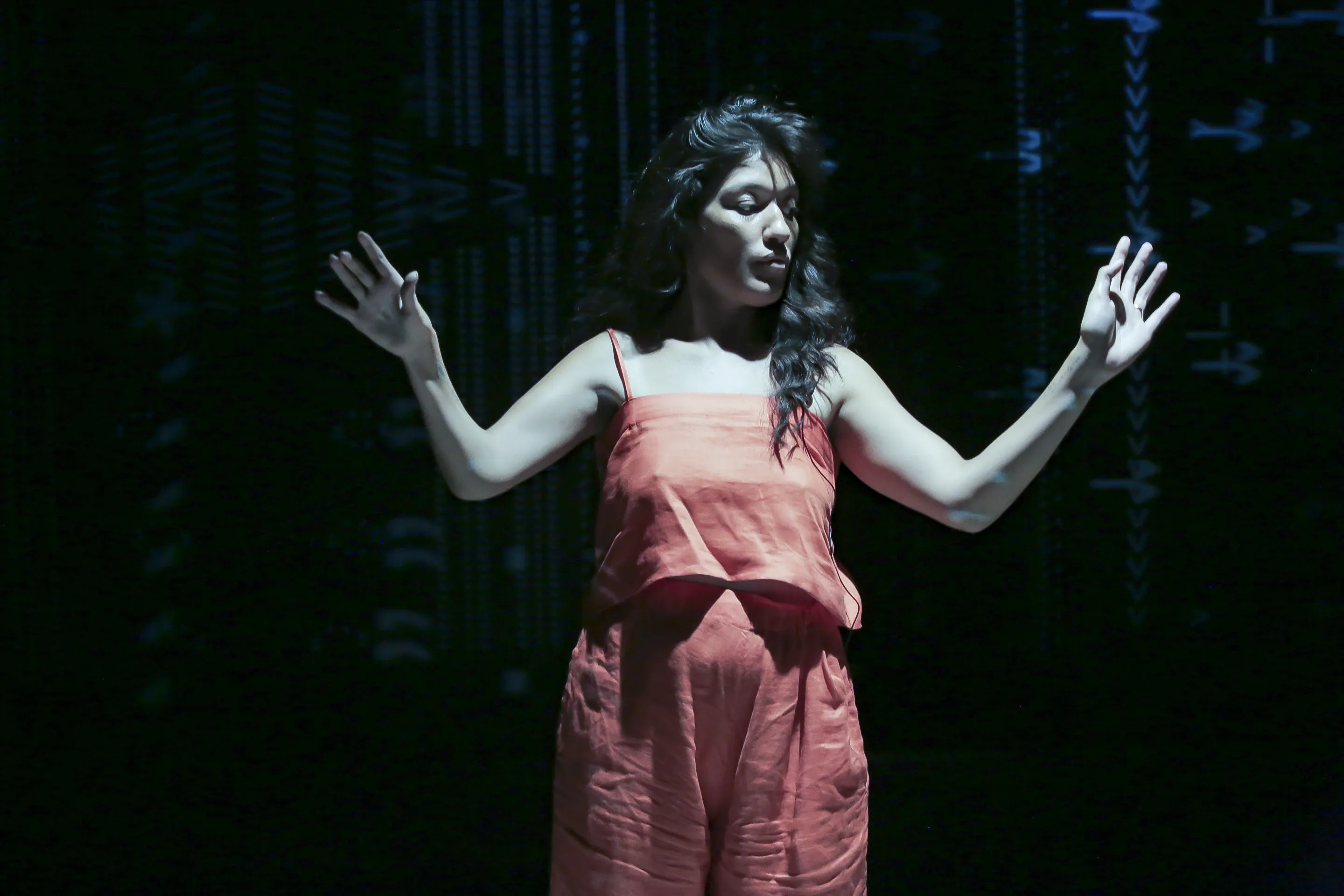
Pelenakeke Brown in Excavation: archival process, performed at Gibney Dance Center, NY 2019. Photo: Arielle Knight.
Brown’s in an ideal position to highlight this important kaupapa, as she assumes her new mantle after six and a half years performing and exhibiting her work internationally, including working with The Metropolitan Museum of Art, the New York Public Library for the Performing Arts, Gibney Dance Center and the Goethe Institute in Munich.
“Disability and being disabled is my everyday life so the way I navigate the world is always going to be different,” Brown explains. “It’s about what are the things that are unique to disabled people and how can we make that interesting. In dance, what are different ways of choreographing movement that is seated or thinking about disabled aesthetics?
“In a work I did last year in New York, someone who had low vision was coming so we ended up incorporating an audio descriptive score for the whole piece. We played with the poetics of audio description, working with a visually impaired dancer and access consultant to make sure we were still meeting access requirements. That’s how I prefer to think about disability and disability aesthetics, as a source of creativity.”
Unexpected Homecoming
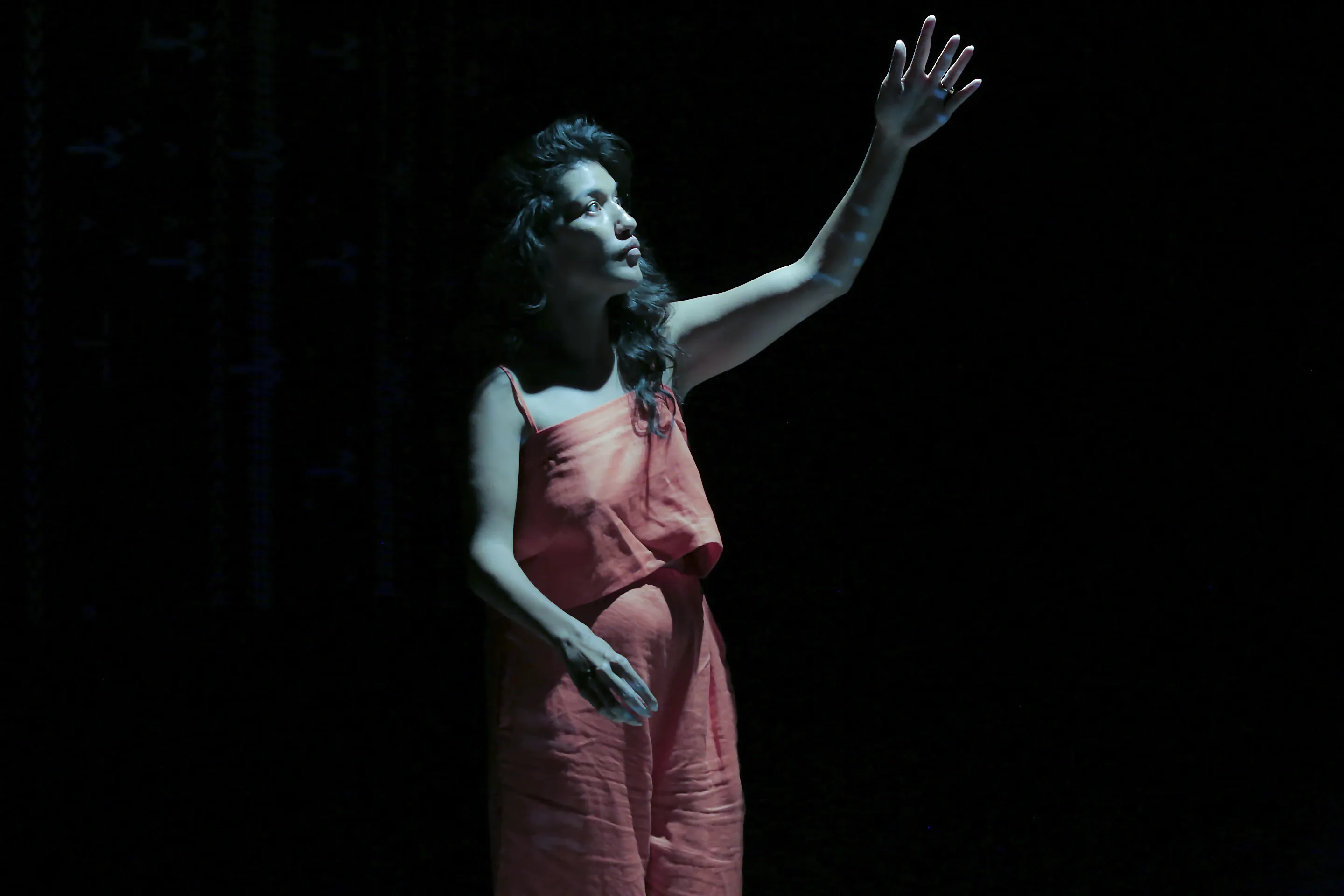
Brown's performance at Gibney Dance Center was Supported by her Dance/NYC Disability Dance Artistry Award residency. Photo: Arielle Knight.
COVID-19 has altered her expected career trajectory, making the decision to jump on one of the last flights back from London as the borders were locked. When she needed to realign her professional compass, Touch Compass was a natural fit.
Brown was a foundation member of Aotearoa's foremost integrated professional performance company back in 1997 and was working remotely with the organisation as part of artistic planning project since late last year. Brown has become the first disabled artist to lead the company.
“I am really loyal to Touch Compass, as are a lot of other dancers. I’m sure I would have come back but I didn’t foresee that I would have this job right now, in this moment.”
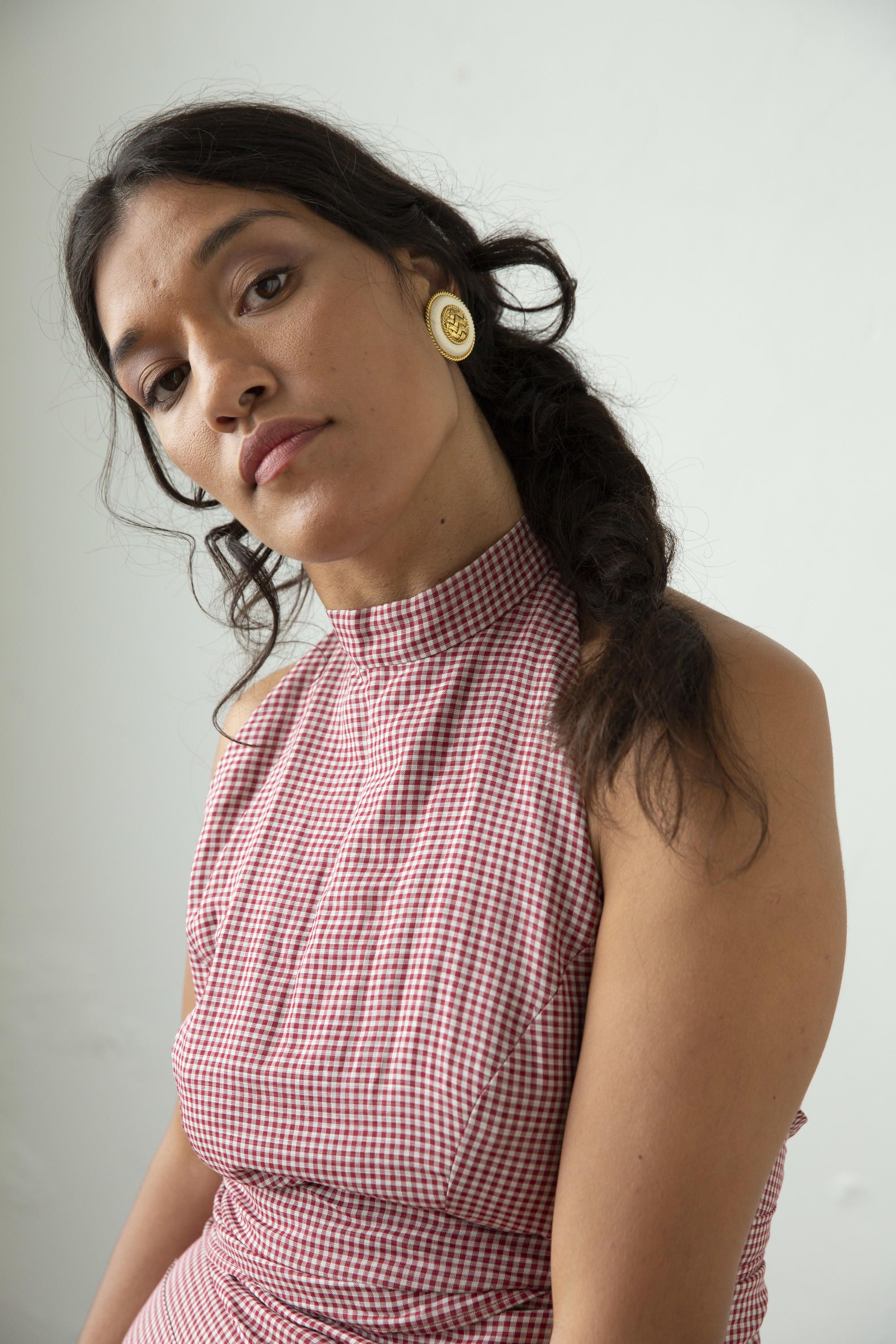
Pelenakeke Brown. Photo: Greta van der Star.
Helping shift to a disability-led model, Brown’s made the most of the pandemic pause that has hit many organisations, taking time to hit the reset button. “We’re reviewing our accessibility policies across the board, making sure our website is accessible, our social media posts include image description, that we have an access reader for all our dancers.
“It doesn't necessarily have to be about disability. it could be a non-disabled dancer with a kid and thinking about what ways we can support them. These are really important values I’ve been thinking about and I’m just excited to bring them to Touch Compass. The Board has been fantastic, they’re right behind the vision.”
Brown, who identifies as Samoan/Pākekā, is proud to be giving a voice to people of colour. “Most disabled spaces are more white representation, so they (the Touch Compass Board) are really signalling this commitment to disability, Pasifika, tangata whenua. I think that’s really exciting.”
Bringing her own projects and practices to Touch Compass is part of Brown’s plan - and to add to the growing number of recent disability-led performances like Rodney Bell’s award-winning show Meremere and Suzanne Cowan’s work at the Basement Theatre, Manifesto of the Good Cripple. “In New York, I was able to work and be an independent artist, to have this whole ecosystem of a disabled artist. I would love to have that happening in New Zealand.”
How to Become More Accessible
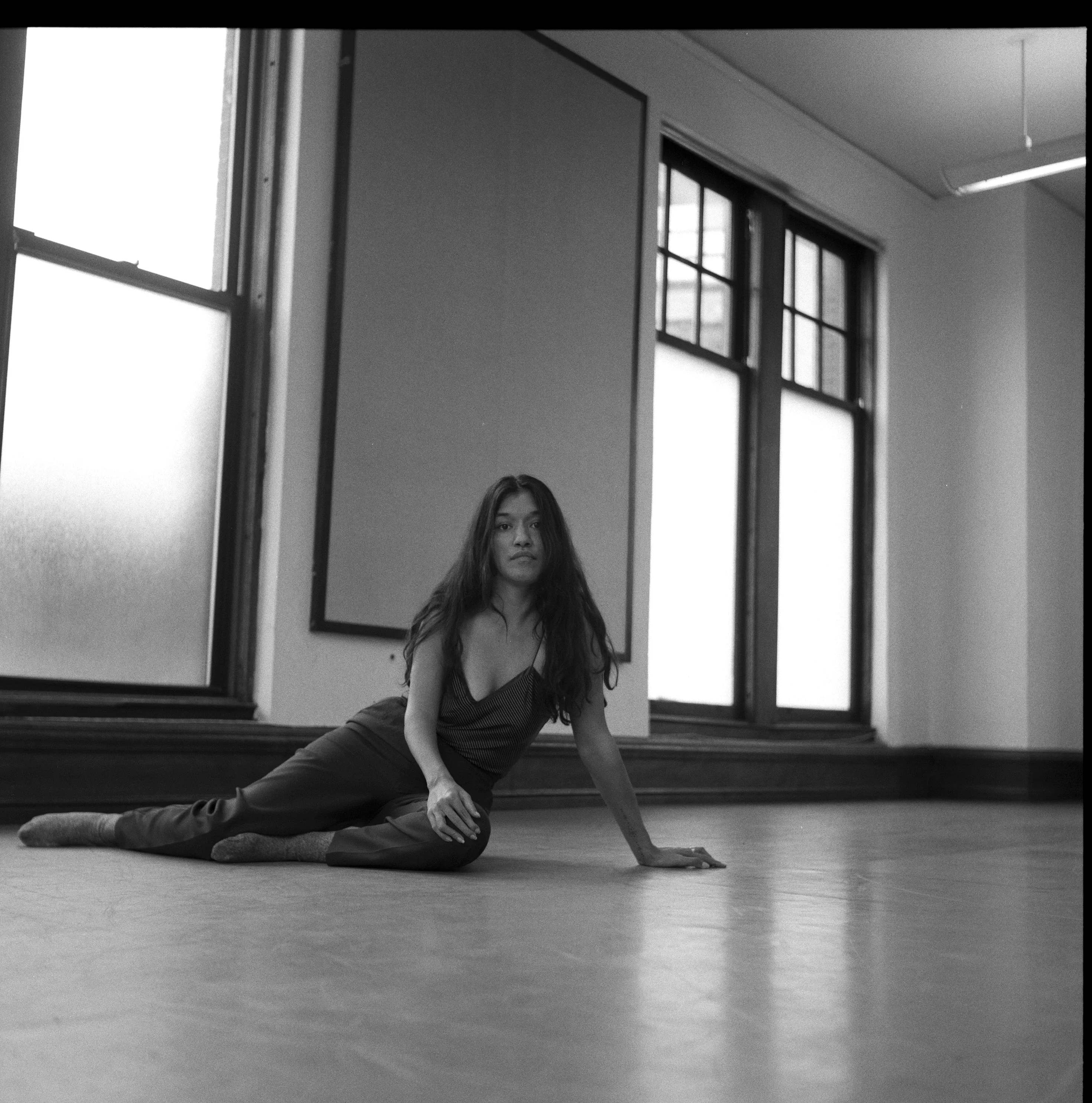
Pelenakeke Brown in studio mode. Photo: Laura Hetzel.
With arts organisations and practices having time to reflect, take a breath and review how they do things, now is the perfect time to put accessibility high on the agenda. It’s not a simple space to navigate, with Brown underlining all disabled people are not the same. They have different values, different experiences and needs that have to be taken into consideration.
“The first place to start is with access. If you’re having a meeting or a performance, can they access it? Is there a step there, can they get in the building, do they have to go through the back door? That doesn’t mean that you made it accessible. Do they have to go through a kitchen, the basement while the rest of us get to go through the front door? It’s making sure it’s accessible and equal, not some kind of second-hand experience.
“There’s a saying in disability justice - nothing about us, without us,” continues Brown. “Make sure you always work with people in that community. Having a consultant that has lived experience of that disability is huge, I think. If you work with disabled people, compensate them for their time, the knowledge that I have, you should pay me for it, it’s not just a favour to you. It’s about being equitable.”
Brown also has some advice for those who don’t know where to start. “Some people are scared about access, they don’t understand. Just ask when you don’t know, it’s totally OK to ask questions.
“Arts Access Aotearoa are helping me right now because I’ve been away for the last six and a half years, they are a really great resource.
“I’d urge people in the arts to look into Carolyn Lazard's ‘A Promise and Practice’: that's what access is. it's a promise that you are committed to this practice of access. it's a promise to disabled/chronically ill folks that you will continue to include access. And, it's a continued practice. It doesn't stop. There will always be new accessible practices that we need to learn and adapt to depending on the situation and need.
“Like in a global pandemic, when everyone had to shift to a new way of working which brought its own challenges and new innovations. That's where the creativity can be, in that innovation.”
